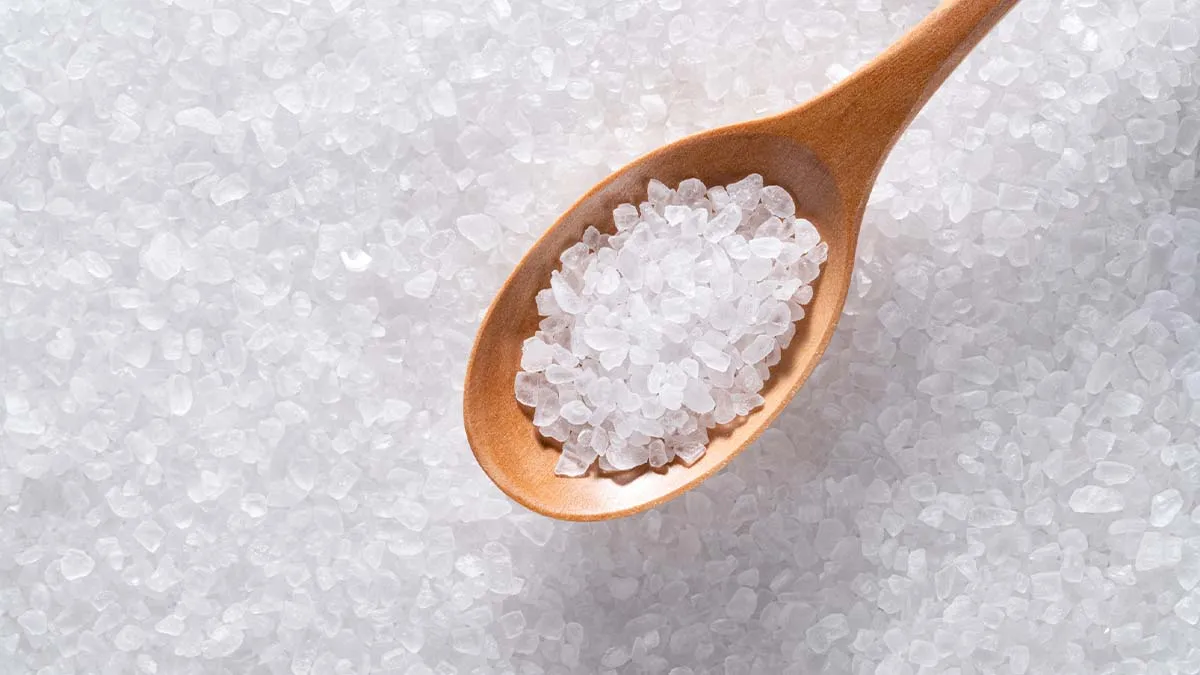Introduction
Salt is a ubiquitous ingredient in cooking, adding flavor and enhancing the taste of dishes. However, excessive sodium consumption has been linked to various health concerns, including high blood pressure, heart disease, and stroke. Fortunately, there are many flavorful salt alternatives available that can elevate your meals without the need for added sodium. In this comprehensive guide, we’ll explore 18 delicious and healthy alternatives to salt, along with tips for incorporating them into your cooking.
Understanding the Risks of Excessive Sodium Intake
Health Risks of High Sodium Intake
Excessive sodium consumption has been associated with hypertension (high blood pressure), cardiovascular disease, stroke, kidney damage, and other health problems. The American Heart Association recommends limiting sodium intake to no more than 2,300 milligrams per day, with an ideal limit of 1,500 milligrams per day for most adults.
Flavorful Salt Alternatives
Herbs and Spices
Herbs and spices are excellent salt substitutes that add depth and complexity to dishes. Some flavorful options include:
Garlic
Onion powder
Paprika
Cumin
Turmeric
Rosemary
Thyme
Basil
Oregano
Parsley
Citrus Zest
The zest of citrus fruits like lemons, limes, and oranges adds bright, tangy flavor to dishes without the need for salt. Use a microplane or fine grater to grate the outer peel of the fruit and sprinkle it over salads, vegetables, seafood, and poultry.
Vinegars
Vinegars, such as balsamic vinegar, apple cider vinegar, and rice vinegar, provide acidity and depth of flavor to dishes. Use them in salad dressings, marinades, and sauces to enhance taste without adding salt.
Soy Sauce Alternatives
For those looking to reduce sodium intake, lower-sodium soy sauce alternatives, such as tamari, coconut aminos, and liquid aminos, offer a similar umami-rich flavor profile with less sodium.
Nutritional Yeast
Nutritional yeast is a deactivated yeast that adds a savory, cheese-like flavor to dishes. Sprinkle it over popcorn, pasta, salads, or roasted vegetables for a delicious salt-free seasoning option.
Seeds and Nuts
Toasted seeds and nuts, such as sesame seeds, pumpkin seeds, sunflower seeds, almonds, and walnuts, provide crunch, texture, and nutty flavor to dishes. Use them as toppings for salads, soups, or grain bowls.
Homemade Spice Blends
Create your own salt-free spice blends using a variety of herbs, spices, and aromatics. Experiment with different combinations to find your favorite flavor profiles for seasoning meats, vegetables, and grains.
Umami-Boosting Ingredients
Ingredients like mushrooms, tomatoes, miso paste, nutritional yeast, and soy sauce add umami, or savory taste, to dishes without the need for salt. Incorporate these ingredients into soups, stews, stir-fries, and sauces for depth of flavor.
Tips for Incorporating Salt Alternatives into Your Cooking
Experiment with Flavors
Don’t be afraid to experiment with different salt alternatives and flavor combinations to find what works best for your palate. Mix and match herbs, spices, vinegars, and other seasonings to create unique and delicious dishes.
Balance Flavors
When cooking without salt, it’s essential to balance flavors by incorporating a variety of tastes, including sweet, sour, bitter, and umami. Use ingredients like honey, lemon juice, vinegar, and soy sauce to achieve a well-rounded flavor profile.
Use Fresh Ingredients
Whenever possible, use fresh herbs, spices, fruits, and vegetables to maximize flavor and aroma in your dishes. Fresh ingredients often have more intense flavors than their dried or processed counterparts.
Layer Flavors
Layering flavors is a key technique in cooking that involves building depth and complexity by adding ingredients at different stages of the cooking process. Start with aromatic vegetables like onions and garlic, then add herbs, spices, and other seasonings to develop rich flavors.
Frequently Asked Questions (FAQs)
Can I Use Salt Alternatives in Baking?
Yes, many salt alternatives, such as herbs, spices, citrus zest, and extracts, can be used in baking to add flavor without sodium. Experiment with different ingredients to find substitutions that complement your favorite baked goods.
Are Salt Alternatives Safe for People with Hypertension?
Salt alternatives can be a safe and effective way for people with hypertension to reduce sodium intake and manage blood pressure. However, it’s essential to consult with a healthcare professional or registered dietitian for personalized dietary recommendations based on individual health needs.
Can Salt Alternatives Replace Salt Completely?
While salt alternatives can add flavor and enhance the taste of dishes, they may not fully replicate the taste of salt. However, with experimentation and creativity, you can discover delicious salt-free seasoning options that satisfy your taste buds.
Are Salt Alternatives Suitable for All Diets?
Salt alternatives, such as herbs, spices, vinegars, and citrus zest, are suitable for most diets, including vegan, vegetarian, gluten-free, and paleo diets. However, individuals with specific food allergies or intolerances should check ingredient labels and avoid any potential allergens.
Can I Use Salt Substitutes If I’m Cooking for Someone with Dietary Restrictions?
When cooking for someone with dietary restrictions, it’s essential to communicate openly and ask about their preferences and restrictions. Avoid using ingredients that may trigger allergies or intolerances and be mindful of individual dietary needs when selecting salt alternatives.
Are Salt Alternatives Expensive?
Salt alternatives can vary in cost depending on the type and quality of ingredients. While some options, such as fresh herbs and spices, may be more affordable, specialty items like truffle oil or saffron can be more expensive. Consider budget-friendly options and use ingredients sparingly to maximize value.
Can I Use Salt Alternatives in Canned or Processed Foods?
Many canned or processed foods contain added salt for flavor and preservation purposes. While you can use salt alternatives to season these foods at home, it’s essential to check product labels and choose lower-sodium options whenever possible to reduce overall sodium intake.
Conclusion
Incorporating flavorful salt alternatives into your cooking is a delicious and health-conscious way to reduce sodium intake while still enjoying tasty and satisfying meals. Whether you’re looking to manage hypertension, improve heart health, or simply explore new culinary horizons, experimenting with herbs, spices, vinegars, citrus zest, and other seasonings can elevate your dishes to new heights of flavor and creativity. With these 18 salt alternatives and tips for incorporating them into your cooking, you can embark on a flavorful journey that’s both nutritious and delicious.
- Neck Line Filler Treatment Near Staines, Surrey - May 23, 2025
- What Reduces Lip Filler Swelling - May 23, 2025
- How To Achieve A Natural Look With Jaw Fillers In Kingston Upon Thames - May 22, 2025

